Architects: Want to have your project featured? Showcase your work through Architizer and sign up for our inspirational newsletter.
Architecture has always been a key component in most video games. Whether it is simple 2D blocks or rich and immersive fantasy worlds, the environment can either catalyze a plot or be the plot itself. Oftentimes, the backdrop is also an indicator of the political and social climate of the world in which the game is based. Gotham City in the Batman: Arkham series, Orgrimmar in World of Warcraft and Hammerlocke in Pokémon Sword and Shield are just a few examples.
For architects, these games can be a great inspiration not only for cultural and design elements but also for understanding 3D circulation, navigation through complex topographies and urban planning. They show how architecture can tell and story and also help understand how different types of visuals change the user experience or narrative when thinking about renders or 3D models.
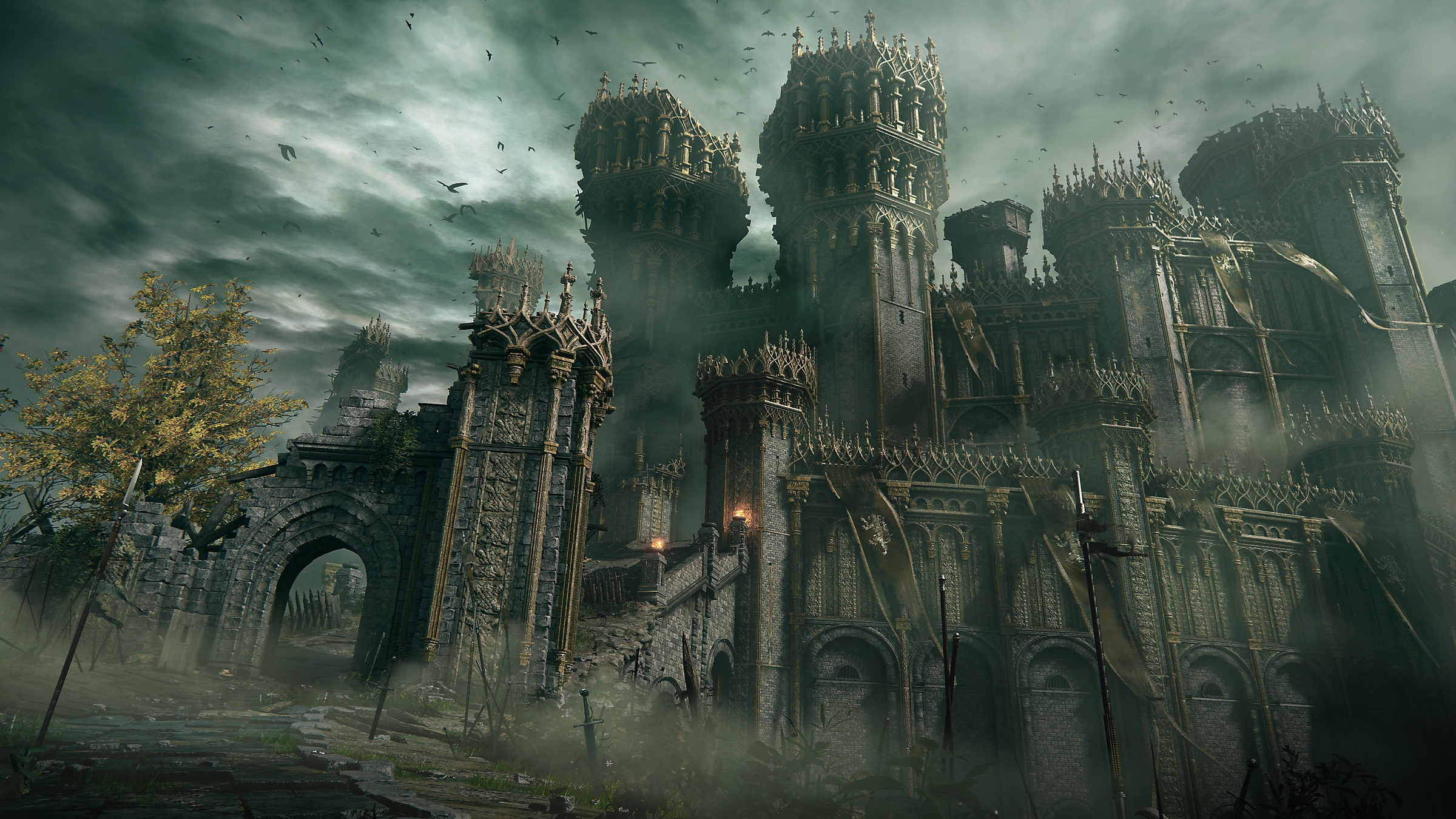
Image via playstation.com
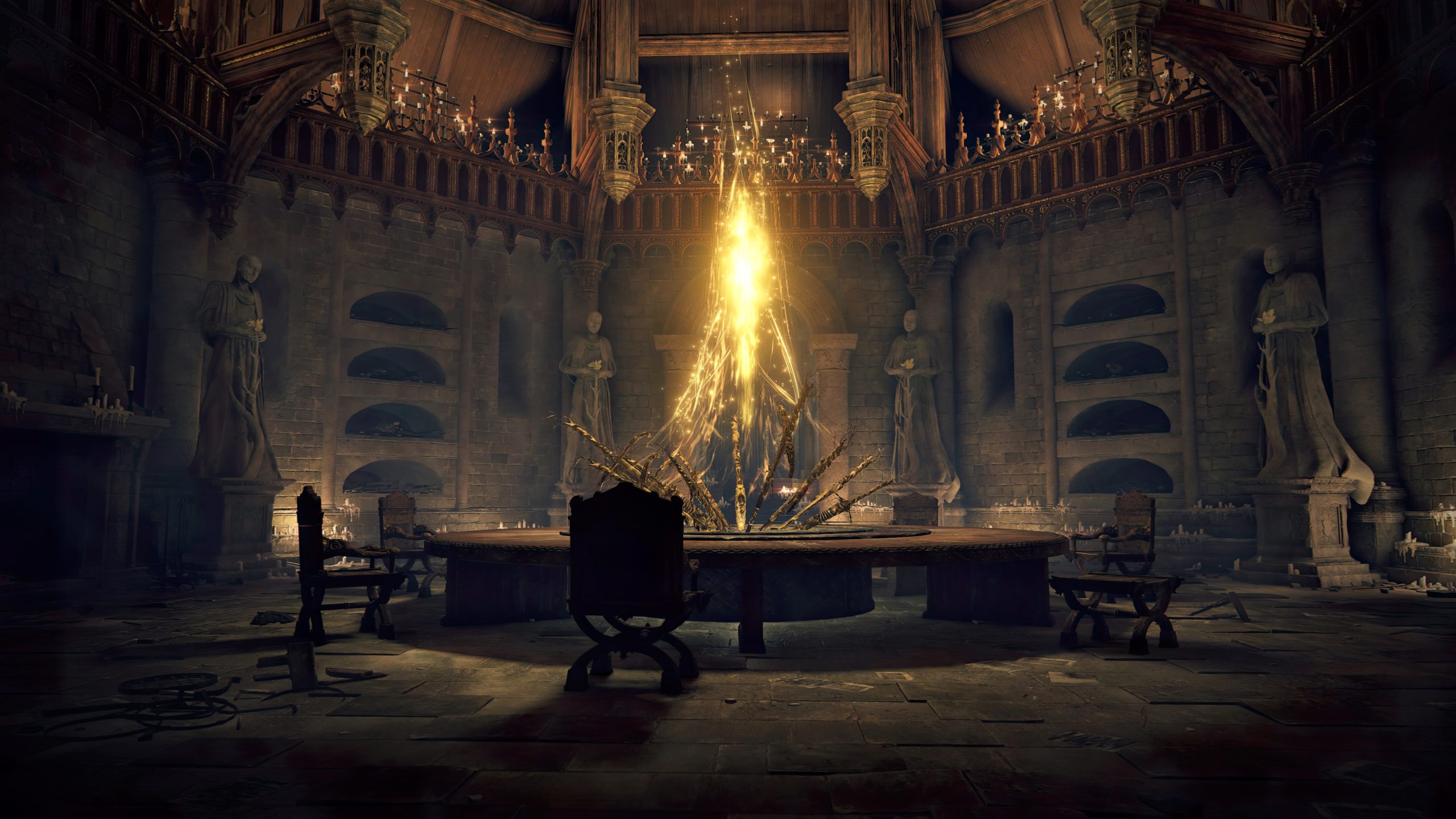
Image by Prateek Raj Singh Yadav via reddit.com
The recently-released Elden Ring is a story of a player’s journey to becoming an Elden Lord in the Lands Between — a fantasy world created by designer Hidetaka Miyazaki and author George R. R. Martin. The environment is influenced by Tolkien’s Lord of the Rings series, gothic architecture and various mythological sources. An open world setup allows players to explore vast expanses of plains, haunting castles, murky swamps and dungeons on foot or horseback. While the architecture and landscape are a backdrop to the main quest, they play a huge role in the user experience, urging plays to explore different parts of the world.

Images via monumentvalleygame.com
This mobile game made waves for its stunning aesthetic and illusion-based gameplay. Every level in Monument Valley comprises an isometric architectural composition that the character has to navigate to reach a certain destination within the same frame. This route, which is made up of sets of stairs and colorful bands that act as impossible objects, requires the player to rotate the entire structure or parts of it to create new pathways. The colorful visuals are inspired by the works of Dutch artist M.C. Escher. Here, architecture is more than just the backdrop and becomes as the biggest piece of the puzzle itself.

Images via Wallpaper Abyss
One of the most noteworthy elements of the BioShock series is its fictional city Rapture. It is an underwater city built in the 1940s comprising Art Deco skyscrapers, interconnected waterways, recreational spaces, healthcare centers and more. But the previously utopian city is now an abandoned metropolis with very few survivors after a civil war in 1959. In addition to the Art Deco elements, creator Ken Levine used the skyline of New York as well as the works of Ayn Rand as the inspiration for the city. It is both nostalgic and futuristic. One can find geometric forms, industrial finishes, bold colors, illuminated signs and a lot more in this retro dystopian world.
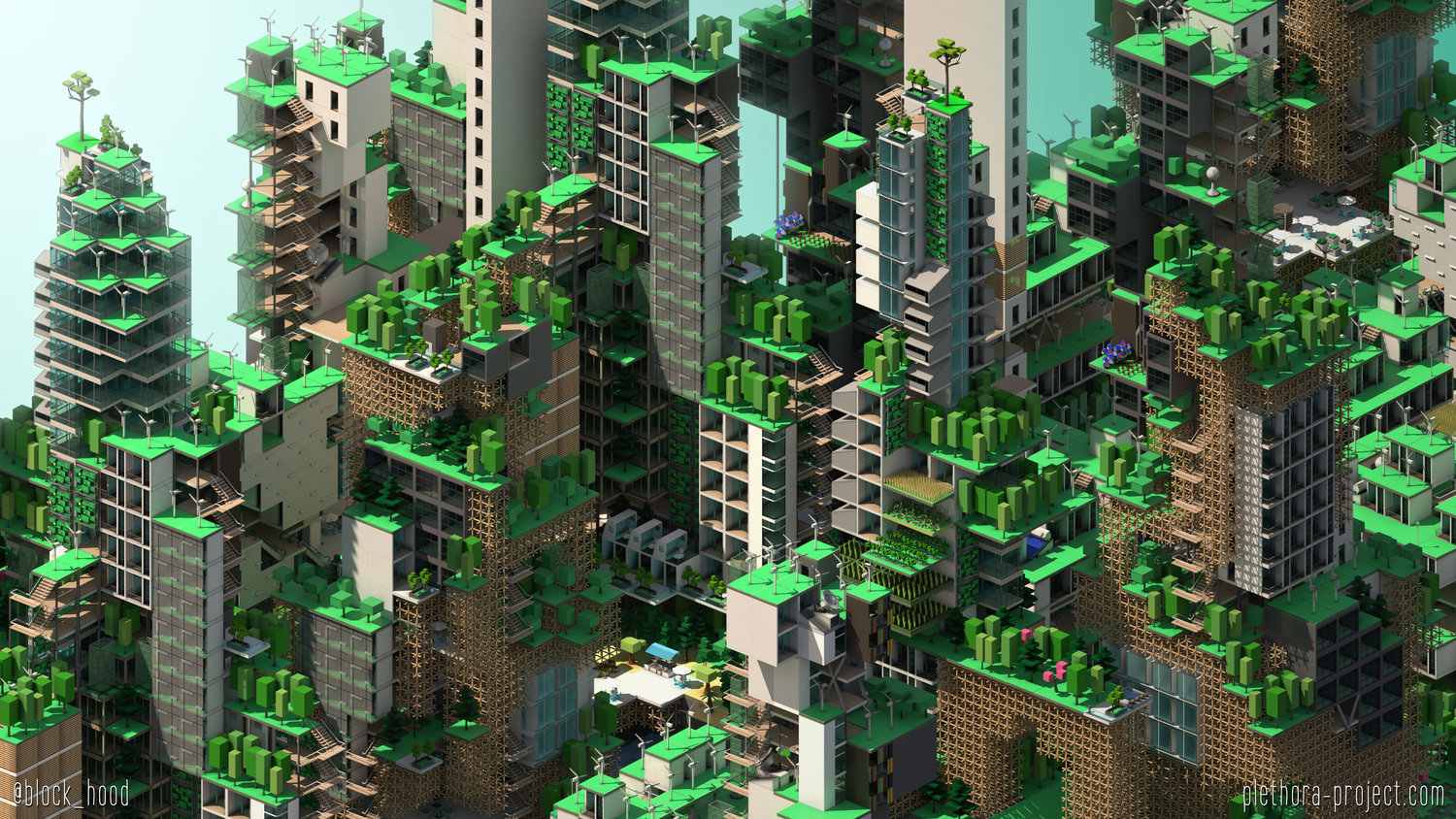

Images via plethora-project.com
World-building simulation games like Cities: Skylines, SimCity BuildIt and Project Highrise have been popular for years. Minecraft even allowed players to create complex and collaborative settlements on a multiplayer server. An interesting addition to this category is Block’hood by Plethora Project. The player is required to create a neighborhood that is ecologically balanced using a set of over 200 blocks which include trees, solar panels, connectors, apartments, public spaces and more. If these built areas don’t receive the required resources such as water, fresh air and electricity, they will slowly deteriorate. The game makes players more conscious of the actual environment they live in by requiring them to think about the needs of urban environments as well as wastes generated by different spaces and activities.
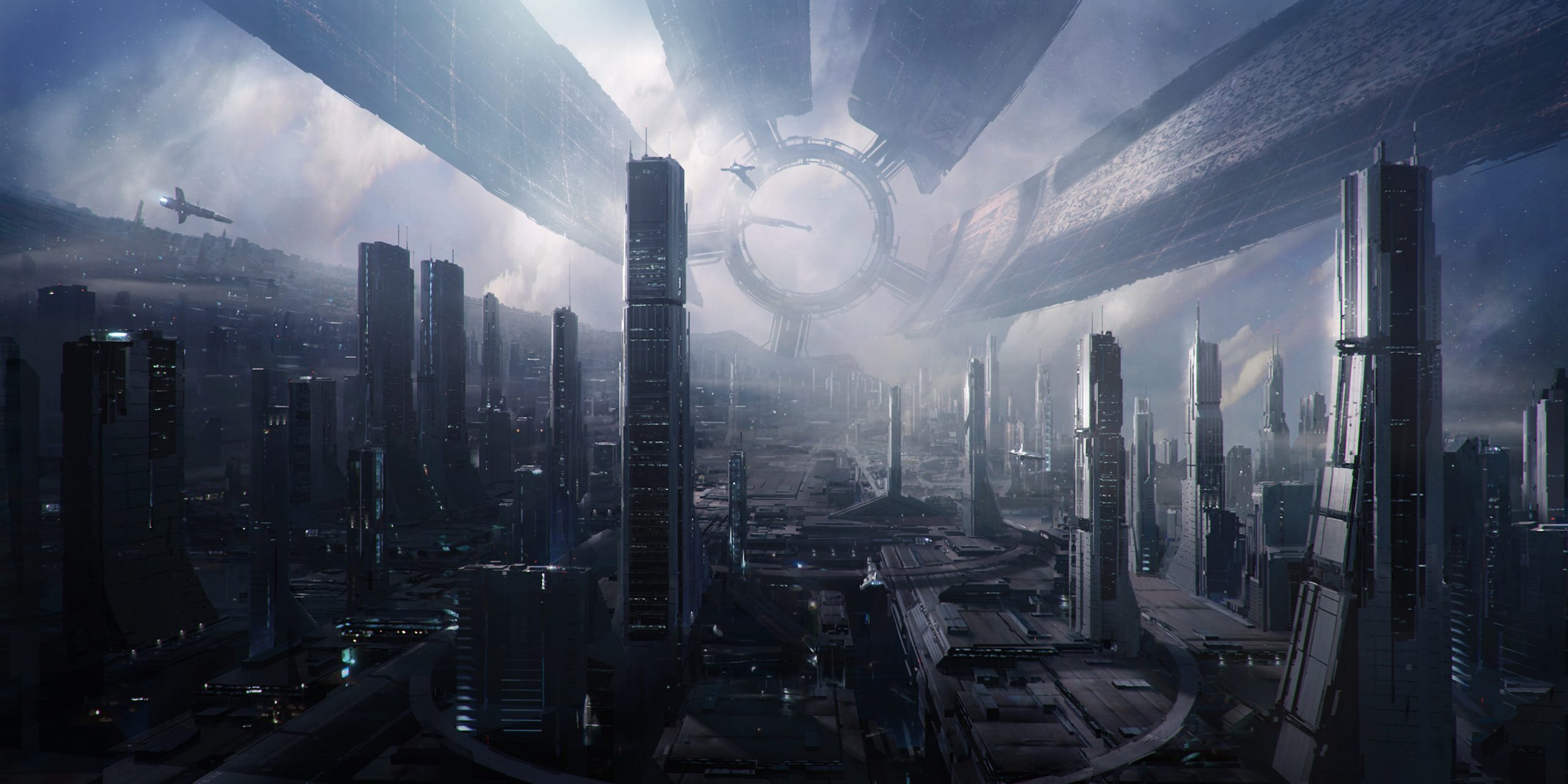
Image via Wallpaper Abyss

Image via thegamer.com
The science-fiction franchise is a galactic adventure in the 22nd century. The Milky way has been colonized by humans and aliens and a governing body called the Council is attempting to create peace between the species. Citadel is a huge space station that is that serves as the Council’s capital, making it a significant location in the game. The labyrinthine space is designed in a pentagram-like layout with a central ring and five arms that can close in on itself in an emergency. At its core is the Presidium which houses all the government offices as well as the elite of the city. The five arms are called the Wards that make up the residential and commercial areas. They are said to look similar to cities like Hong Kong and Singapore.
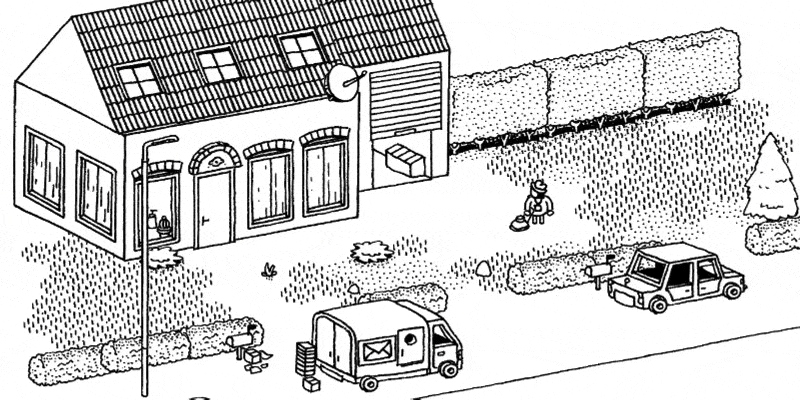
Images via hiddenfolks.com
Hidden Folks is a straightforward hidden object finding game. What makes it unique is the intricately hand-drawn 2D graphics and animations. Much like the book series ‘Where’s Wally?’, players have to look around and interact with detailed cityscapes comprising similar outlines to find different characters, animals and objects. Users can open doors, open tent flaps and even shake bushes as they hunt for the required elements. The game’s visuals exemplify the quirky charm of hand-drawn architectural renders.
Set in the 1930s, Calvino Noir is a stealth game where players get to be a spy and explore the European criminal underground. The game is designed entirely as perspective sections. Instead of a first-person view, players act as spectators as the main character travels in a 2D plane. It is definitely an interesting way of showing spaces and characters in a game, reminiscent of scenes from Alfred Hitchcock’s Rear Window.
Architects: Want to have your project featured? Showcase your work through Architizer and sign up for our inspirational newsletter.
Source link



 العربية
العربية